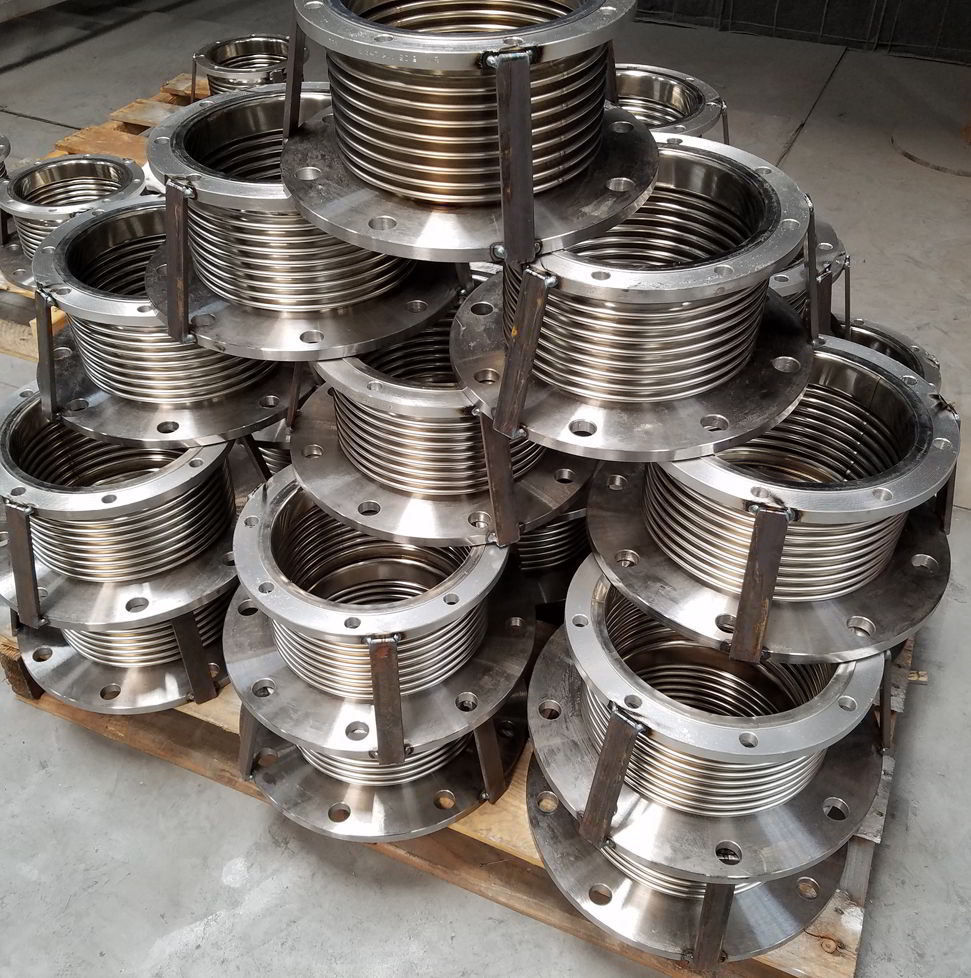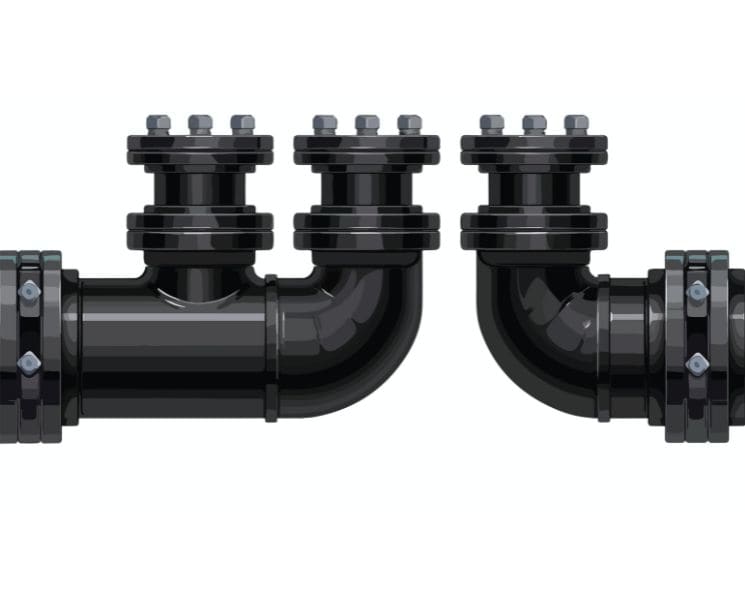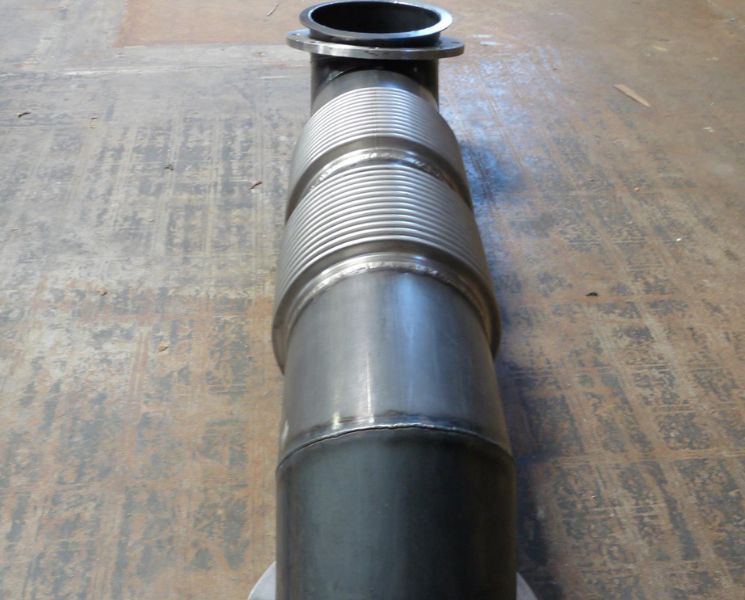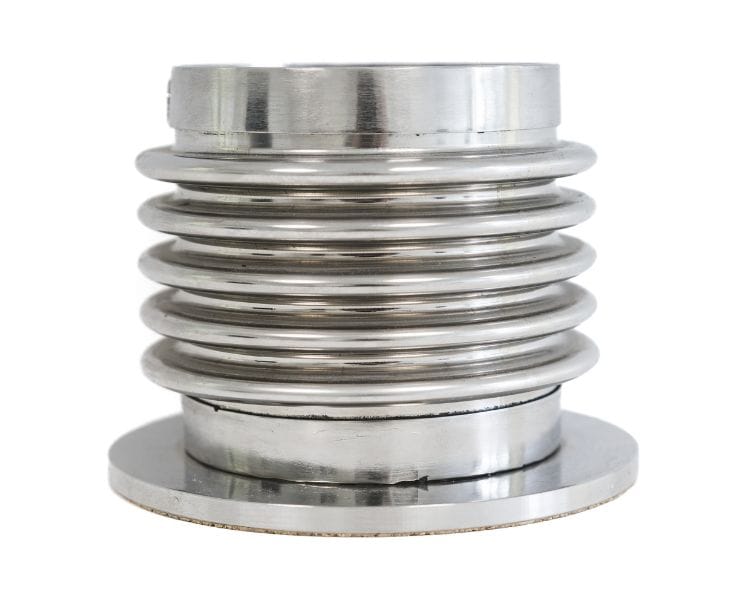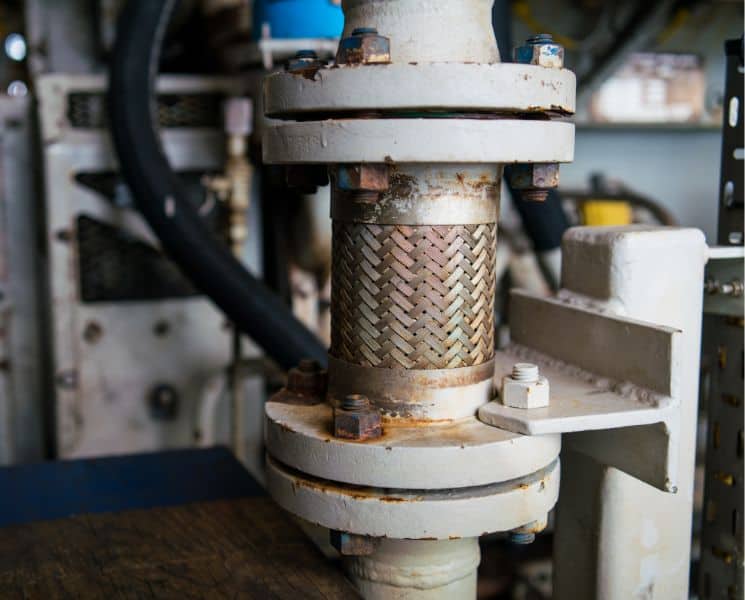Bellows are used for many industrial applications like power generation, marine life, oil and gas, and more. They are incredibly flexible, yet can withstand high pressures and temperatures. Whether you need metal bellows, stainless steel bellows, standard bellows, or even custom bellows, these tools are extremely versatile. Here are some important terms you need to know about them.
- Abrasion: The external damage caused by its being rubbed on a foreign object.
- Bellows: That portion of an expansion joint which accommodates the movement of the joint. The flexible portion of an expansion joint consisting of one or more convolutions/corrugations, generally including collars at each end for attachment to end fittings.
- Compress: The action of shortening the bellows axially.
- Cycle Life: This is the estimated life of a bellows in terms of the number of movements it’s capable of providing at a specific pressure and temperature points at full stroke.
- Expansion joint: A complete assembly consisting of one or more bellows used to absorb thermal displacement and/or mechanical displacement.
- Flanges: This is the part of an expansion joint used to fasten the joint into the system. It can be either metal or the same material as the bellows.
- Mechanical Forming: A roll forming operation where one convolution at a time is created with tooling that forms the desired profile. A wide and shallow convolution is usually formed and then is deepened by successive rolling operations. The metal is thinned as the convolutions become deeper.
- Multi-Ply Bellows: They are made by telescoping two or more close-fitting tubes together before forming the convolutions. They permit greater wall thickness while retaining a lower spring rate than a single wall tube.
- Spring rate: The total spring rate is equal to the spring rate per convolution divided by the number of active convolutions. Additionally, the rate of deflection theoretically required to compress a bellows one inch.
As of July 2017, the United States Bureau of Labor Statistics reports that there are more than 178,400 people working in the Oil and Gas Extraction industry. Those people and many others work with bellows on a regular basis, and thus need to understand these important terms. Are you up to date on all of this bellows terminology?

